Contents
INTRODUCTION
PATHOPHYSIOLOGY OF AD
COGNITION ENHANCERS
I. Cholinergic activators
II. NMDA receptor antagonist
III. Miscellaneous
INTRODUCTION
• Dementia refers to acquired global impairment of intellect, memory and personality (cognitive functions). Memory, capacity to solve problems of day to day living, performance of learned motor skills, social skills and control of emotions are primarily affected.
• Alzheimer’s disease (AD) is a progressive neurodegenerative disorder and is the most common cause of dementia (impairment of cognitive ability).
• Impairment of short-term memory is the first clinical feature, whereas impairment of distant memory is seen in the course of the disease.
• It affects about 5% population at the age of 65 to 80 years, 10% between 80 to 95 years and 90% at or above 95 years.
• The features of AD are progressive loss of memory and disordered cognitive functions. Other signs of AD include reduced verbal fluency and impairment of speech due to failure of arranging words in proper sequence.
• Ultimately, with progression of brain degeneration, patient may fall into a vegetative state (absence of responsiveness and awareness).
PATHOPHYSIOLOGY OF AD
• AD is characterized by marked atrophy of the cerebral cortex and loss of cortical and subcortical neurons.
• The pathological hallmarks of AD are senile plaques, which are spherical accumulations of the β-amyloid protein accompanied by degenerating neuronal processes, and neurofibrillary tangles, composed of paired helical filaments and other proteins.
• Senile plaques and neurofibrillary tangles are far more abundant in patients with AD, and the abundance of tangles is roughly proportional to the severity of cognitive impairment. In advanced AD, senile plaques and neurofibrillary tangles are numerous and most abundant in the hippocampus and associative regions of the cortex.
• Marked decrease in choline acetyltransferase and loss of cholinergic neurons in the brain which probably account for much of the learning and memory deficit in AD.
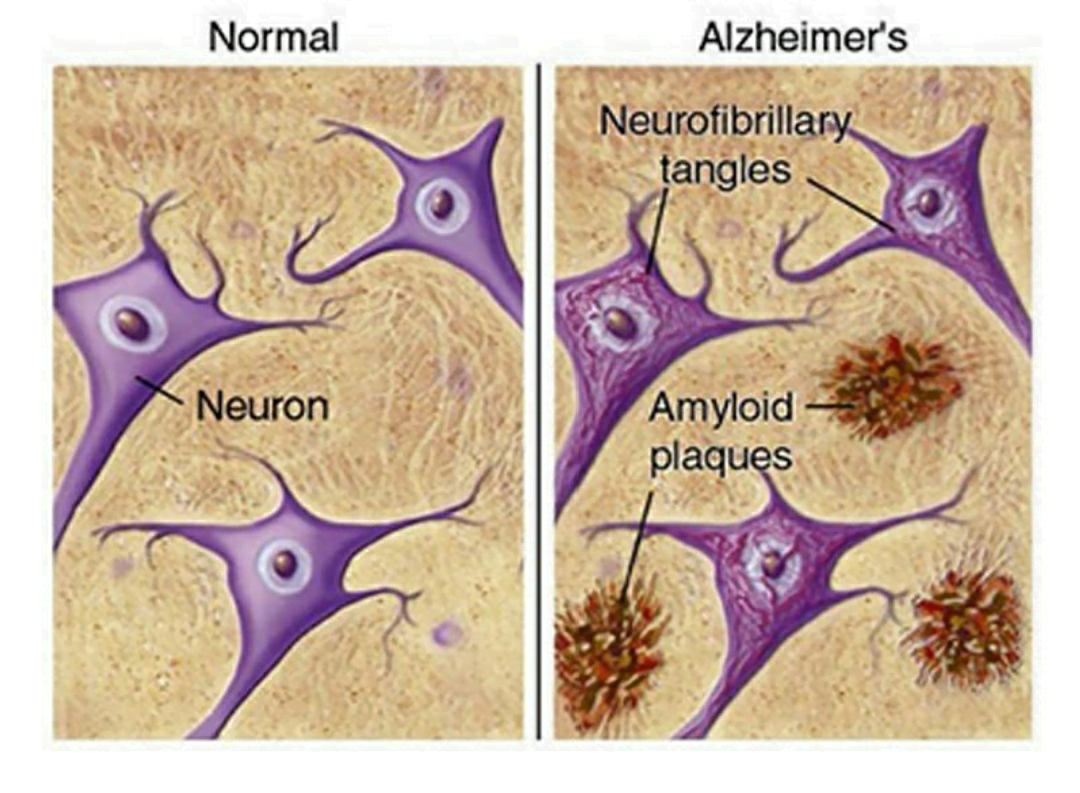
COGNITION ENHANCERS
• These are drugs developed for use in dementia and other cerebral disorders.
• The indications of cognition enhancers include:
• Senile dementia of Alzheimer’s disease and multi infarct dementia
• Common symptoms of elderly: dizziness and memory disturbances
• Mental retardation in children, learning defects, attention deficit disorder
• Transient ischaemic attacks, cerebrovascular accidents – stroke
Cognition enhancers or cerebroactive drugs may be classified in following classes.
I. Cholinergic activators
• Since brain ACh levels are markedly reduced in AD, various approaches to enhance ACh level have been tried. A somewhat more successful strategy has been the use of inhibitors of acetylcholinesterase (AChE), the catabolic enzyme for acetylcholine.
• Four inhibitors of AChE currently are approved by the FDA for treatment of Alzheimer’s disease: tacrine, donepezil, rivastigmine and galantamine.
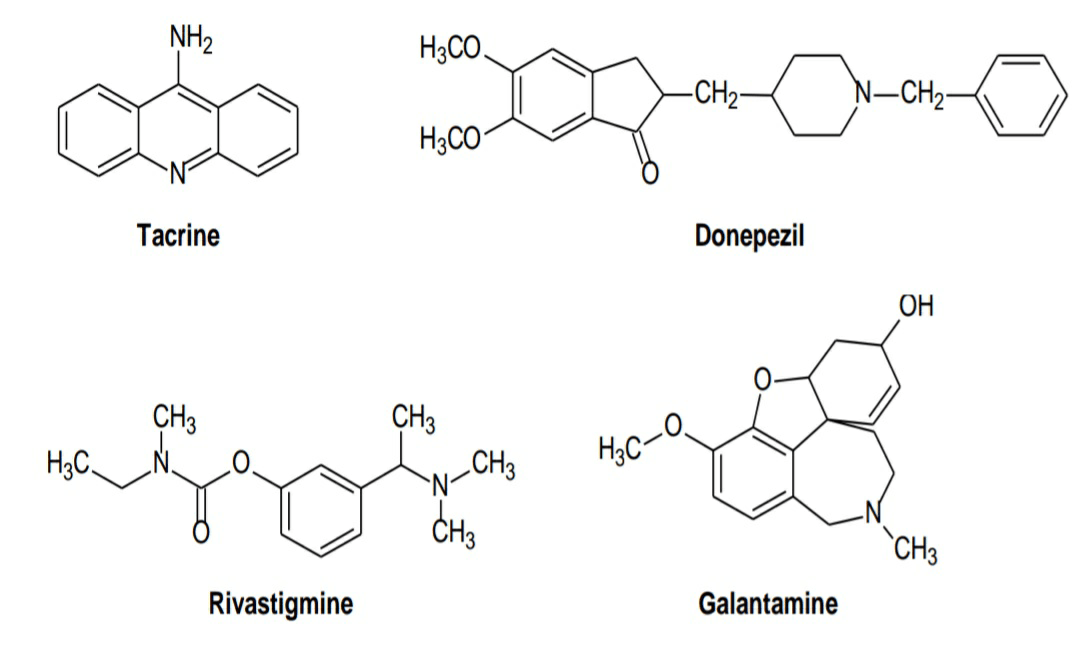
• It is the first centrally acting anticholinesterase to be introduced for AD. Frequent side effects and hepatotoxicity have restricted its use.
II. NMDA receptor antagonist
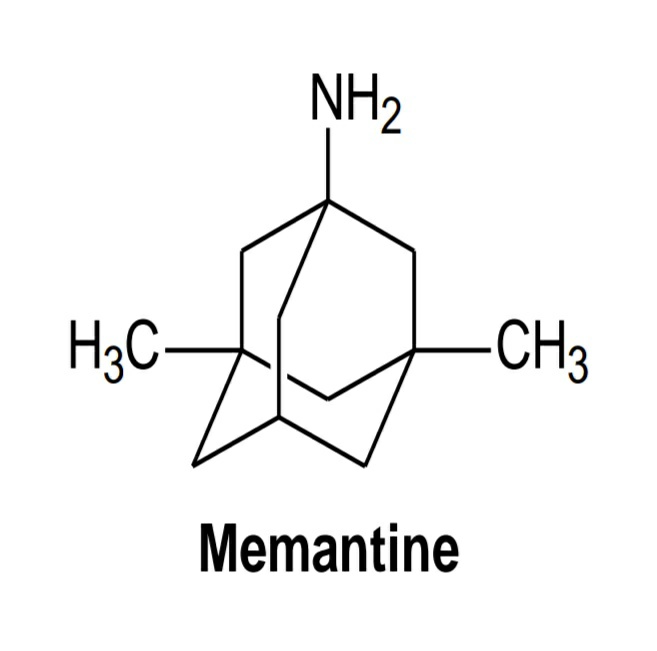
• It appears to block excitotoxicity of the transmitter glutamate.
• It has been found to slow the functional decline in moderate to severe AD, but benefit in milder disease is unclear.
III. Miscellaneous
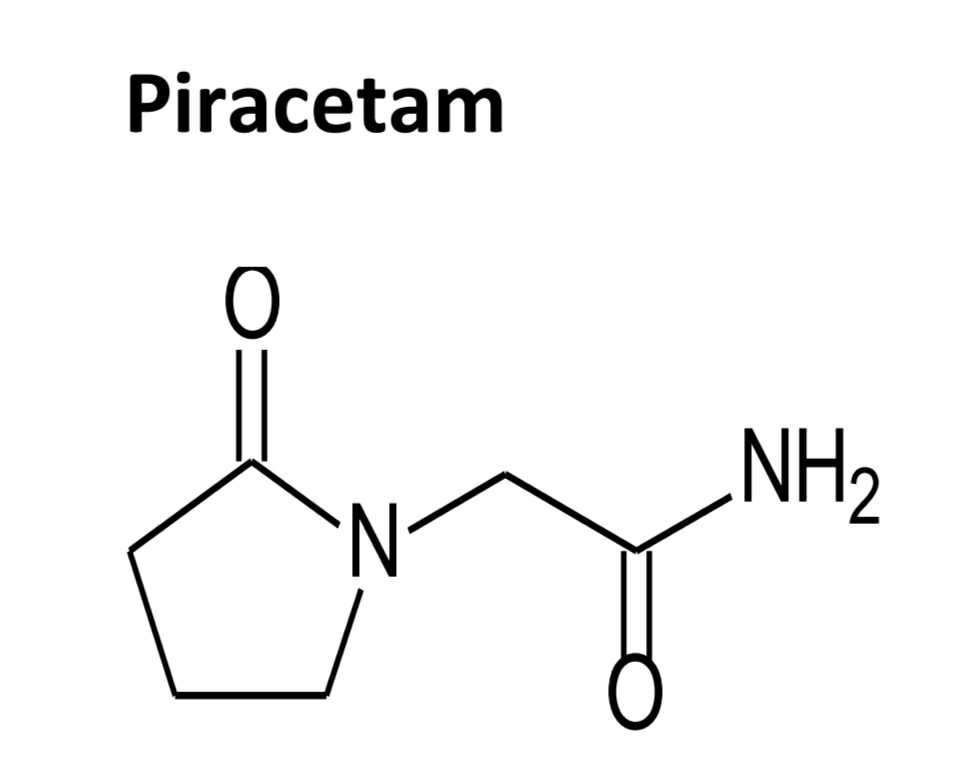
• This cyclic GABA derivative has no GABA-like activity and has been called ‘nootropic’ meaning a drug that selectively improves efficiency of higher telencephalic integrative activities by:
✓ Enhancement of learning and memory.
✓ Facilitation of synaptic transmission and interhemisphere information transfer.
✓ Increased tonic cortical control on subcortical areas.
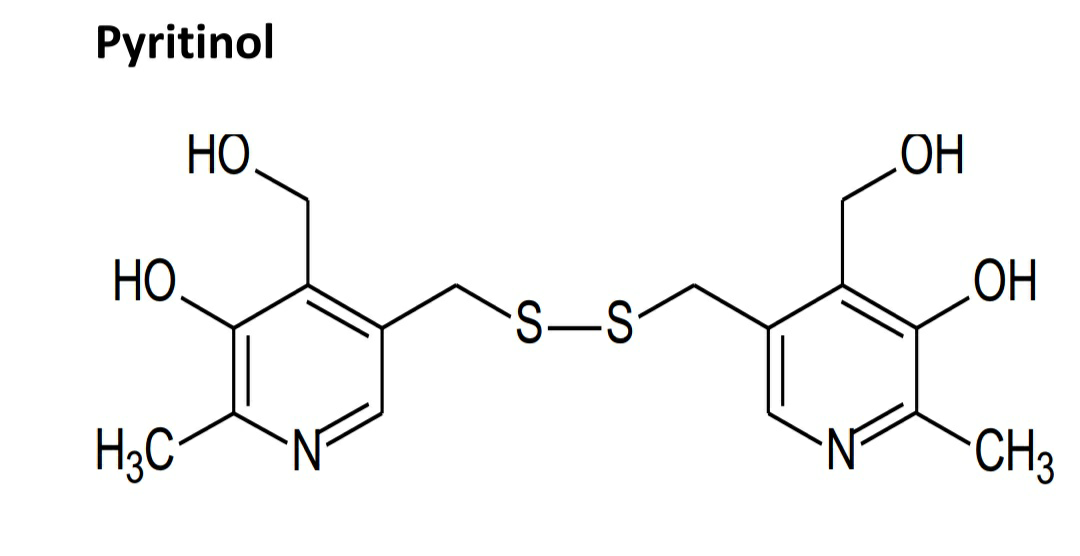
• Pyritinol consists of two pyridoxine molecules joined through a disulphide bridge, but has no vitamin B6 activity.
• It is claimed to activate cerebral metabolism by selectively increasing glucose transport across blood-brain barrier and improving regional blood flow in ischaemic brain areas.
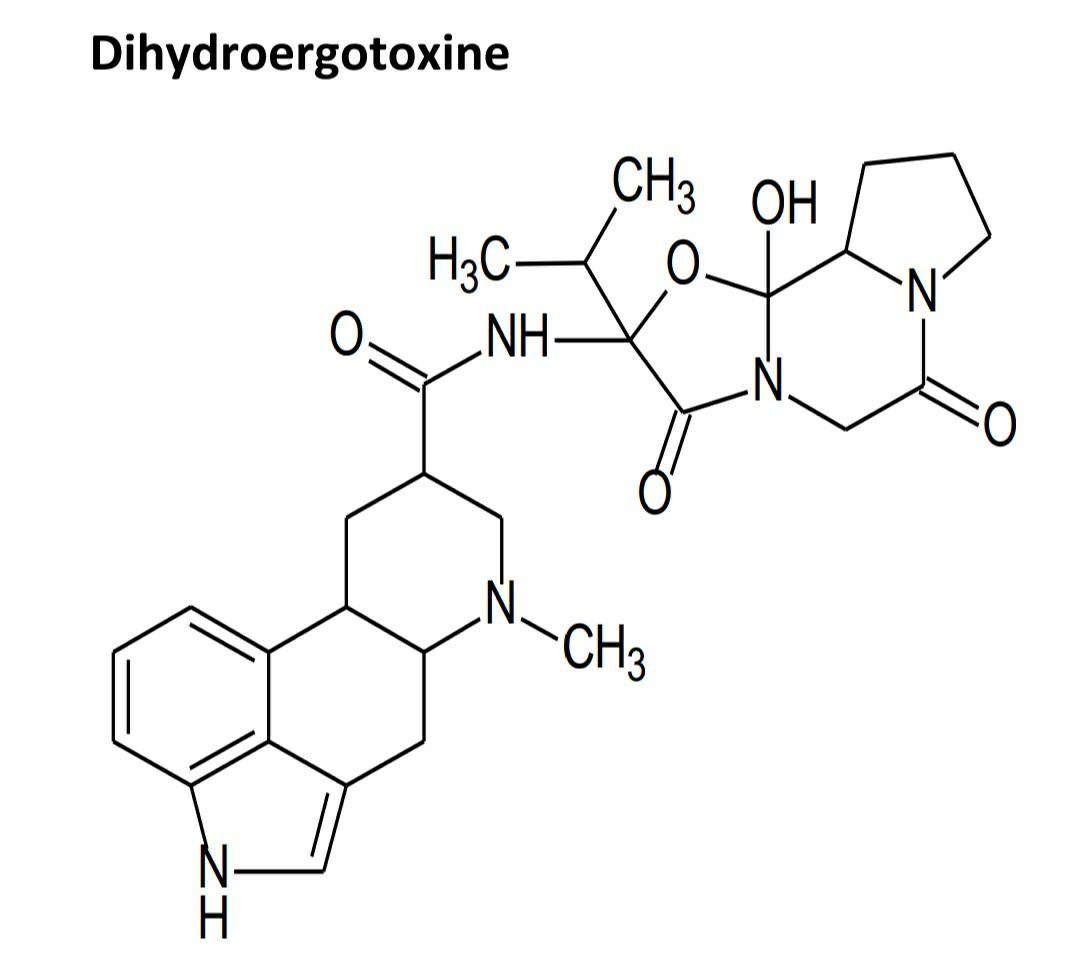
• It is a semi-synthetic ergot alkaloid having adrenergic blocking activity; claimed to increase cerebral blood flow selectively.
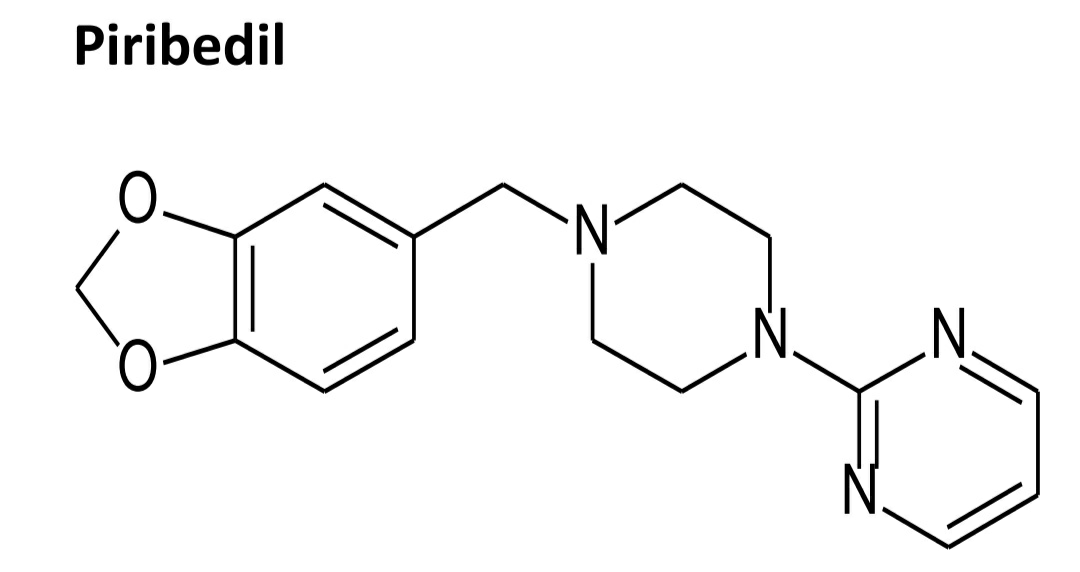
• It is a dopaminergic agonist claimed to improve memory and concentration in the elderly.
Ginkgo biloba
• The dried extract of this Chinese plant contains a mixture of ginkgoflavon glycosides (e.g. ginkgolide B) which have platelet activating factor (PAF) antagonistic activity. Since, PAF has been implicated in cerebral thrombosis and infarcts, G. biloba will prevent cerebral impairment in multi infarct dementia.
